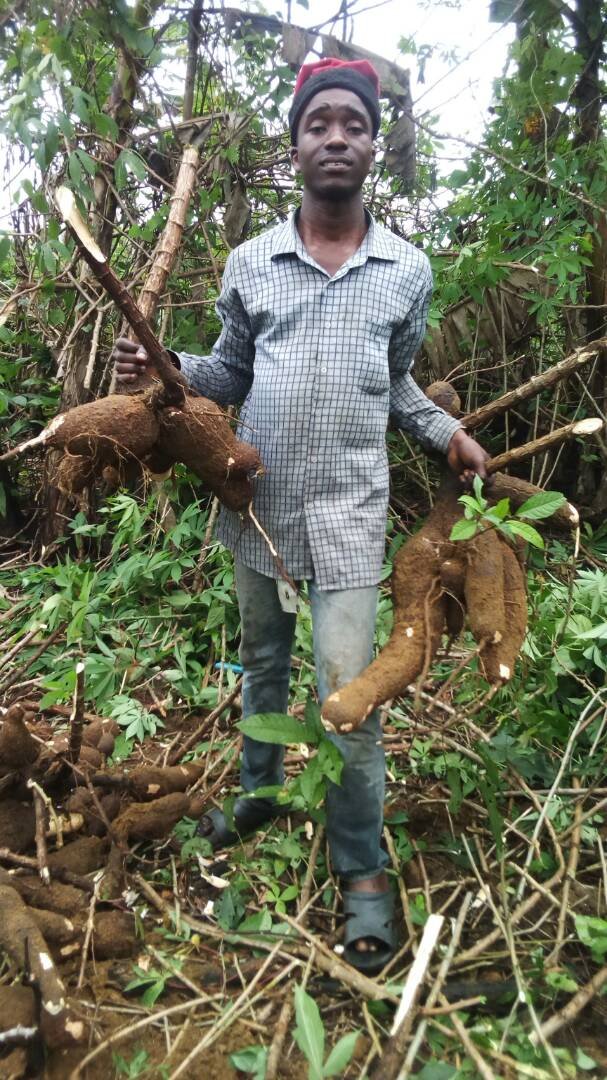
Me during Harvesting
I decided to visit Home and engage in farming, in line with Government's policy of making food available to the populace and also for exportation. Some cultivate it for commercial purposes while some for subsistence needs, it can generate revenue to the government and also the farmer. I take pleasure in farming, you could correctly Call it my hobby.
YouTube Video of me Processing Garri from Cassava
There are different species of cassava, but the one in my discus tonight is the
Manihot esculanta species.
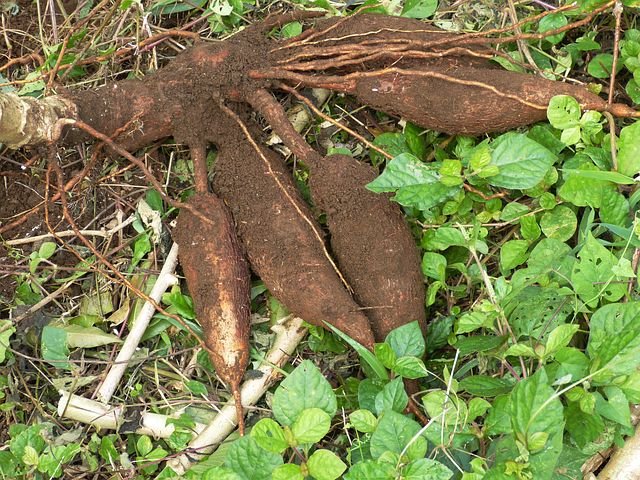
Cassava Tubers
Cassava is the third largest source of food rich in carbohydrates in the tropics, after
rice and maize. Cassava is a major staple food in the developing world, providing a basic diet for over half a billion people. It is one of the most drought-tolerant crops, capable of growing on marginal soils. Nigeria is the world's largest producer of cassava, while Thailand is the largest exporter of dried cassava.
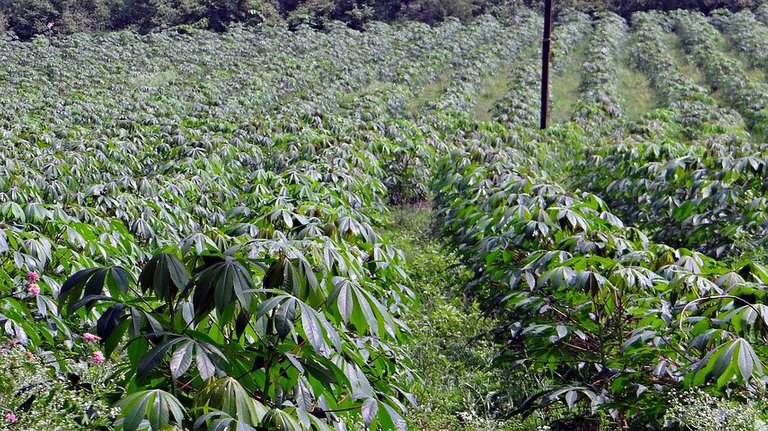
Cassava plantation
Cassava was introduced to Africa by Portuguese traders from Brazil in the century. Maize and cassava are now important staple foods, replacing native African crops. Cassava is sometimes described as the "bread of the tropics"
Alcoholic beverages made from cassava include cauim and tiquira,
Cassava-based dishes are widely consumed wherever the plant is cultivated; some have regional, national and ethnic importance.
Cassava must be cooked properly to detoxify it before it is eaten, it can be cooked in many ways, the root of the sweet variety has a delicate flavor and can replace potatoes. It can be made into a flour that is used in breads, cakes and cookies.
Manihot esculenta is also used in a number of commercially available laundry products, especially as starch for shirts and other garments. Using manihot starch diluted in water and spraying it over fabrics before ironing helps stiffen collars.
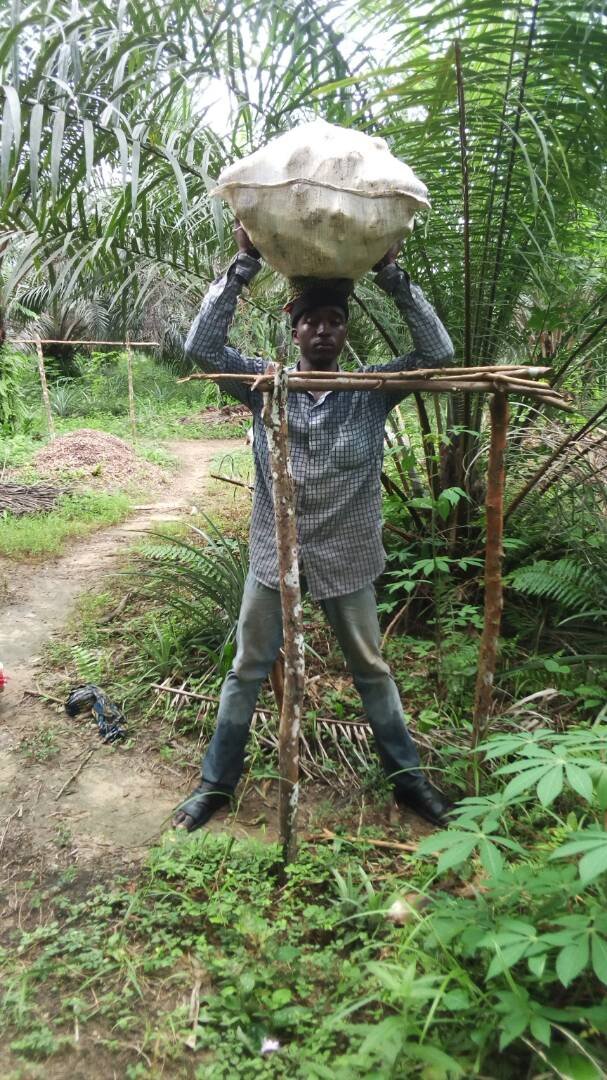
The Harvested Produce
Harvesting
Cassava is harvested by hand by raising the lower part of the stem and pulling the roots out of the ground, then removing them from the base of the plant. The upper parts of the stems with the leaves are plucked off before harvest. Cassava is propagated by cutting the stem into sections of approximately. It can also be cultivated using mechanized implements especially in commercial agriculture.
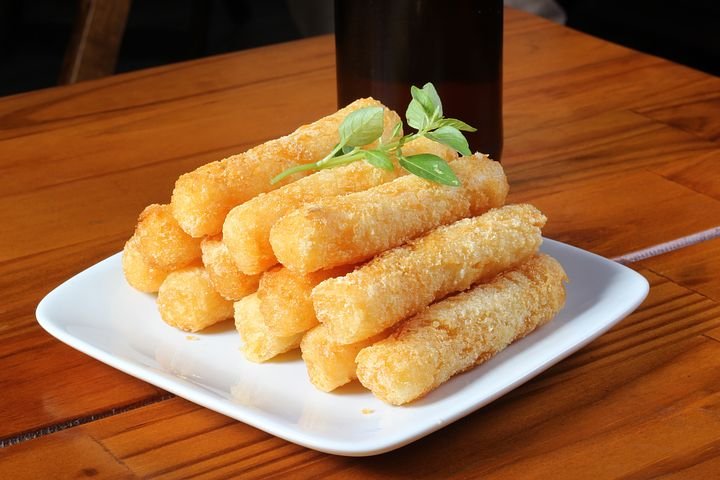
Snacks Produced from Cassava
Hi! I am a robot. I just upvoted you! I found similar content that readers might be interested in:
https://en.wikipedia.org/wiki/Cassava
@originalworks